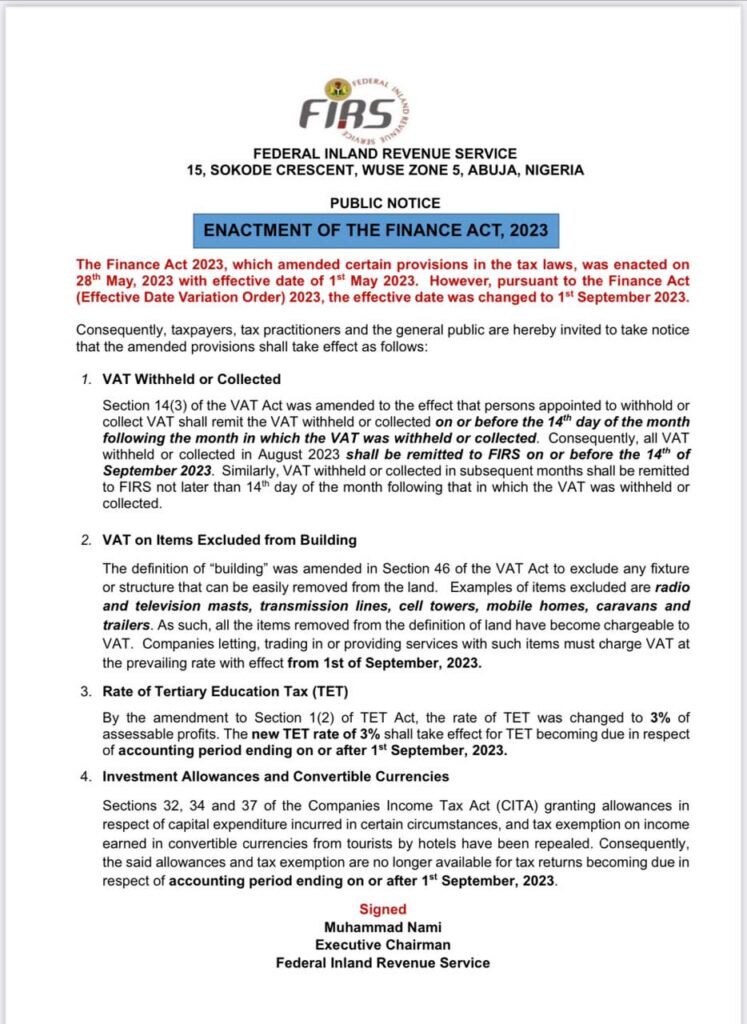The International Monetary Fund (IMF) has revised its forecast for Nigeria’s economic growth this year to 3.1%, hinging its latest projection on the performance of the nation’s economy on the weaker growth it recorded in the first quarter of the year.
The multilateral institution gave this forecast, which represents 0.2 percentage points below its earlier 3.3% forecast on the economy in the ‘July 2024 World Economic Outlook’ published on Tuesday.
According to the report, the downgrade was sequel to the unimpressive growth of Nigeria’s weaker- Gross Domestic Product (GDP) in Q1 2024.
Available data on the nation’s economic performance based on the National Bureau of Statistics’ (NBS’) recently published report showed that Nigeria’s GDP growth rate declined quarter-on-quarter (Q-o-Q) to 2.98% in Q1 2024 from 3.46% growth rate it recorded in the fourth quarter of 2023
Despite the downgrading of the GDP growth rate, the IMF, however, retained its earlier projection of 3.0% growth forecast for Nigeria’s economic growth in 2025.
Based on the lower forecast for Nigeria’s economic growth this year, the IMF also downgraded its forecast for Sub-Saharan Africa’s (SSA’s) economic growth rate this year to 3.7%, slightly lower than the April forecast of 3.8%, but raised its economic growth forecast for the region from 4.0% to 4.1% in 2025
On the SSA’s forecast, it stated: “The forecast for growth in sub-Saharan Africa is revised downward, mainly as a result of a 0.2 percentage point downward revision to the growth outlook in Nigeria amid weaker than expected activity in the first quarter of this year.”
Concerning the global economic performance this year and 2025, the Fund retained its earlier growth forecasts of 3.2% for this year and 3.3% in 2025.
The IMF clarified: “The Global Economy in a Sticky Spot Global growth is projected to be in line with the April 2024 World Economic Outlook (WEO) forecast, at 3.2 per cent in 2024 and 3.3 per cent in 2025.
“However, varied momentum in activity at the turn of the year has somewhat narrowed the output divergence across economies as cyclical factors wane and activity becomes better aligned with its potential.
“Services price inflation is holding up progress on disinflation, which is complicating monetary policy normalization. Upside risks to inflation have thus increased, raising the prospect of higher-for-even-longer interest rates, in the context of escalating trade tensions and increased policy uncertainty.
“To manage these risks and preserve growth, the policy mix should be sequenced carefully to achieve price stability and replenish diminished buffers”, it added.






